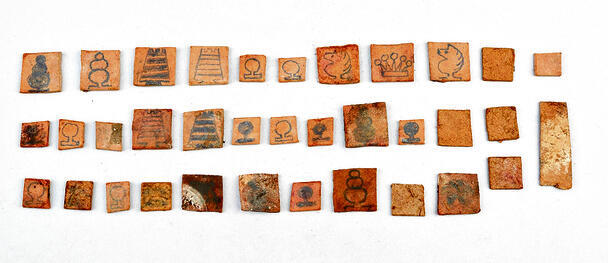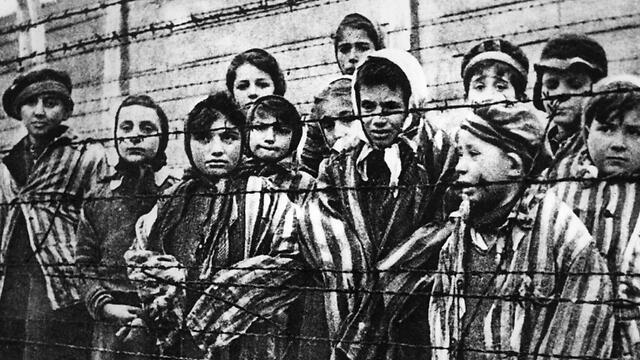Getting your Trinity Audio player ready...
"During the limited free time they had, between the evening roll call and the curfew, people tried to find some enjoyment. They made their own games of chess and cards from pieces of cardboard. The exhibits provide a window into the immense desire of the inmates to escape the harsh reality of the camp," shares Magdalena Urbaniak, a member of the exhibition team preparing to showcase the prisoners' efforts to maintain a sense of normalcy in the Auschwitz-Birkenau extermination camp.
A sobering discovery was made in the camp, liberated 79 years ago. During conservation efforts in Block 8 of the camp, 35 cardboard squares of various sizes were recently unearthed. These had hand-drawn images of miniature chess pieces. This set, discovered beneath the first-floor flooring of the historical building, was utilized by the Jewish prisoners in Auschwitz.
Elżbieta Cajzer, head of the museum's collections, notes, "Some of the drawings might be slightly faded, but the images of the pawn, rook, knight, and king remain discernible. However, the set is incomplete, with several squares now devoid of any trace of drawing. These artifacts are well-preserved and will now undergo some conservation work." She adds, "The discovered chess pieces are unique in the sense that they were crafted from cardboard in a relatively primitive manner. We believe the emphasis was not on aesthetic appeal but on functionality."
The Auschwitz Museum is planning a new exhibition to display these chess pieces, showcasing the everyday life in the camp. The exhibition will take place at the original location where the pieces were found: Block 8. Even 80 years after the Holocaust, the ground of Auschwitz continues to yield objects that once belonged to the Jewish prisoners.
"During the conservation process, we continually find new objects," says Witold Sotowicz, the CEO of the Auschwitz-Birkenau Foundation. "It's a marshy area, and every time, especially after a rainfall or after the snow melts, the ground releases artifacts."
Sotowicz recounts that during the preservation work on one of the prisoners' barracks, a gold ring with a distinctive mark was discovered. "Upon examination, we realized that this ring was crafted by jewelers who worked in the Lodz Ghetto. A prisoner had hidden it under the floor of one of the barracks. It was 75 years after the liberation of Auschwitz-Birkenau, during our restoration work on the barracks, when we removed the stones to protect them from rain and mud, that this beautiful ring unexpectedly came to light."
In another striking find during the restoration work of Barrack 7, conservators discovered a jar with a wooden lid, engraved with the name "Jakub Zeliko". Further investigation revealed that this belonged to Jakub Zeliko, prisoner number 117966, who arrived at Auschwitz from Czechoslovakia on April 24, 1943. He was later transferred to the Neuengamme camp in Germany on August 25, 1944, and finally ended up in Buchenwald.
"The jar was discovered in between the ceiling of the barrack and its roof. The Nazis had designed the barracks using a special insulating material made of concrete, wood chips, and sand. After combining everything, the ceilings turned out to be very fragile. When the workers removed the ceilings, they found the jar. One of the prisoners had hidden a knife inside," recounts Sotowicz.




